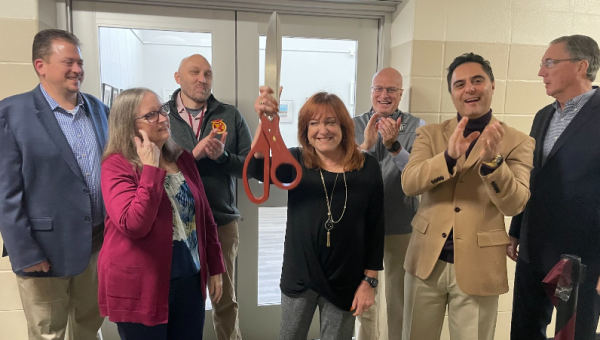Why Bots Aren’t the Future Just Yet
After the advent of the modern smartphone over the past five years or so, tech giants have been struggling to find the next paradigm-shifting technology to hit the marketplace. Previously, wearables, virtual reality, and 4K have all been declared to be the next big thing, but so far, all of these categories have remained relatively stagnant. In 2016, smartwatches are slow, 4K is hyper-expensive, and true virtual reality is all but inaccessible, with only two major products on the market.
In the past few months, major technology companies like Microsoft and Facebook have begun to turn to proclaim a new product as the next major innovation in tech: the chat bot. In simple terms, a chat bot, or simply a “bot”, is a virtual assistant, much like Apple’s Siri or Android’s Google Now, except bots a) use text algorithms instead of speech, and b) are specific to certain services. Bots utilize users’ familiarity with texting to bring advanced AI functionality into a simple messaging interface.
The most notable development in chat bot tech thus far is Facebook’s Messenger Bots. By simply scanning a unique code with the Facebook Messenger app, users can connect with bots from CNN, 1-800-Flowers, Poncho (a popular weather app) and more. The CNN bot, for instance, allows you to find out news in the natural, conversational setting of Messenger, rather than an endless stream of information. It is designed to communicate only the news that is relevant to the user. The 1-800-Flowers bot is one of many commercial bots which attempt to make the purchasing process easier and more intuitive. In theory, you can simply ask the bot to send flowers and it will instantly purchase and deliver those exact flowers.
However, the major problem with bots right now is their lack of real practicality. Although the 1-800-Flowers bot makes it easy to quickly purchase flowers, it’s not a whole lot faster than a traditional app or website, and severely limits user interaction for the sake of simplicity. If you want to dig deeper and see more granular options for flower selection, the bot is simply unable to comply the way the site does.
This, of course, can be remedied with time. These bots are in very early development, and some obvious interface improvements will come with time. However, the question remains: Will people actually want to do everything by texting? Our mobile phones have moved past the point where texting was the killer feature of the device. Apps, AI, and social networking have become so much more important to smartphone owners. Until the technology develops past the paradigm of the text messenger, bots may be left behind by other technologies. Hopefully, with more time and effort we will see the bot category develop into something truly useful, but right now, it’s not worth it.





